I have attempted to generate a triangular probability distribution in Matlab, but was not successful. I used the formula at http://en.wikipedia.org/wiki/Triangular_distribution.
n = 10000000;
a = 0.2;
b = 0.7;
c = 0.5;
u = sqrt(rand(n, 1));
x = zeros(n, 1);
for i = 1:n
U = u(i);
if U < (c-a)/(b-a)
X = a + sqrt(U*(b-a)*(c-a));
else
X = b - sqrt((1-U)*(b-a)*(b-c));
end
x(i) = X;
end
hist(x, 100);
The histogram looks like so:

Doesn't look like much of a triangle to me. What's the problem? Am I abusing rand(n)?
